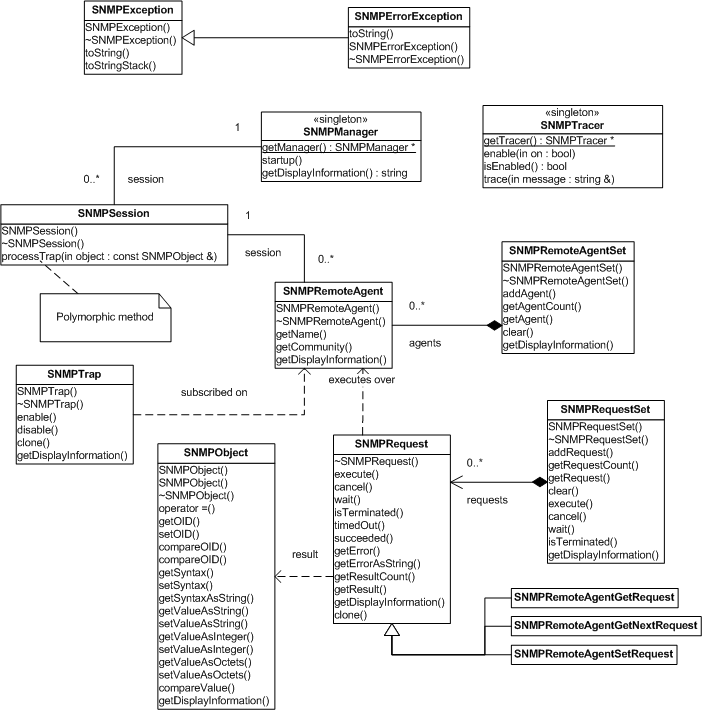What the heck is a formal process? Is it in the category of you know it when you see it?
A formal process is a methodical way of tackling any repetitive process so that it can be handled in a standardized way. The idea of formality is to reduce variation in output and minimize the chance of forgetting something. Formal processes include the ideas of studying, planning, measurement, and process refinement; they cost more and take longer than just just jumping in and getting things done.
Imagine if they tried to make cars in an informal way
Informal, or not formal processes, are faster and cheaper because you get rid of the overhead of a formal process. It makes sense to be informal when the variation of the process output is not very sensitive to studying, planning, measurement, or refinement.
We are all familiar with trying to use formality when it makes no sense, you simply end up with process for processes sake and waste time and money.
In software, formality has become synonymous with documentation, and frankly we all hate documentation. We don't like to produce it and we don't like to read it. I've instructed hundreds of engineers and only a few people bother to read the requirements brick. The way education is going right now I'm not even sure that university graduates can read anyways, but I digress... :-)
For example, documentation for requirements, design, and testing is the end result of a formal process, it is not the formal process itself. It is smart not to produce more documentation than you need, but that does not mean that the formal processes that creates the documentation are optional.
Producing UML diagrams is a formal practice; however, if you insist on producing UML diagrams for everything then you will end up spending a significant amount of time creating the diagrams to get a diminishing benefit. Not having any UML diagrams will lead to code being developed more than once simply because no one has a good overview of the system.
Selective UML diagrams can really accelerated your development
Formal practices must be monitored, you must have some way of testing if the formal practice is having an effect on your development. You want to make sure that you are executing all formal practices properly and not just going through the motions of a formal practice with no effect. You must monitor the effects of formality to understand when you are not doing enough and when you are doing too much!
Articles in the "Loser" series
Want to see sacred cows get tipped? Check out:
Make no mistake, I am the biggest "Loser" of them all. I believe that I have made every mistake in the book at least once :-)
A formal process is a methodical way of tackling any repetitive process so that it can be handled in a standardized way. The idea of formality is to reduce variation in output and minimize the chance of forgetting something. Formal processes include the ideas of studying, planning, measurement, and process refinement; they cost more and take longer than just just jumping in and getting things done.
Imagine if they tried to make cars in an informal way
Informal, or not formal processes, are faster and cheaper because you get rid of the overhead of a formal process. It makes sense to be informal when the variation of the process output is not very sensitive to studying, planning, measurement, or refinement.
We are all familiar with trying to use formality when it makes no sense, you simply end up with process for processes sake and waste time and money.
In software, formality has become synonymous with documentation, and frankly we all hate documentation. We don't like to produce it and we don't like to read it. I've instructed hundreds of engineers and only a few people bother to read the requirements brick. The way education is going right now I'm not even sure that university graduates can read anyways, but I digress... :-)
For example, documentation for requirements, design, and testing is the end result of a formal process, it is not the formal process itself. It is smart not to produce more documentation than you need, but that does not mean that the formal processes that creates the documentation are optional.
Formal processes in software development cluster around two very simple ideas:
- getting the correct requirements
- elimination of defects
Producing UML diagrams is a formal practice; however, if you insist on producing UML diagrams for everything then you will end up spending a significant amount of time creating the diagrams to get a diminishing benefit. Not having any UML diagrams will lead to code being developed more than once simply because no one has a good overview of the system.
Selective UML diagrams can really accelerated your development
Visualizing Formality
As you increase any formal practice the effect of that practice will increase, for example the more formal you are with UML diagrams the less defects you are likely to have:
However, as you increase formality, the costs of keeping track of all your artifacts goes up:
When you put the two graphs together you get this effect:
This shows that there is a cost to not having enough formality, i.e. no UML diagrams means that more code will get developed and less reuse means more defects. However, producing too many UML diagrams will also have the cost of producing the UML diagrams and keeping them updated. The reality is that for any formal practice there is a sweet spot where the minimal formality gives the lowest cost.
What that means is that productivity will be maximized in the sweet spot.
However, as you increase formality, the costs of keeping track of all your artifacts goes up:
When you put the two graphs together you get this effect:
This shows that there is a cost to not having enough formality, i.e. no UML diagrams means that more code will get developed and less reuse means more defects. However, producing too many UML diagrams will also have the cost of producing the UML diagrams and keeping them updated. The reality is that for any formal practice there is a sweet spot where the minimal formality gives the lowest cost.
What that means is that productivity will be maximized in the sweet spot.
Remember that most formal practices are hygiene practices, these are things that no one wants to do but are really necessary to be highly productive and produce high quality code (see here for more on hygiene practices)
Statistics Behind Formal / Informal Practices
Formal practices can be applied to many things, but Capers Jones has measured the following formal practices (when properly executed) can have a positive effect on a project (15,000+ projects):
Formal risk management can raise productivity by 17.8% and quality by 26.4%
Formal measurement programs can raise productivity by 20.0% and quality by 30.0%
Formal test plans can raise productivity by 16.6% and quality by 24.1%
Formal requirements analysis can raise productivity by 16.3% and quality by 23.2%
Formal SQA teams can raise productivity by 15.2% and quality by 20.5%
Formal scope management can raise productivity by 13.5% and quality by 18.5%
Formal project office can raise productivity by 11.8% and quality by 16.8%
A special category of formal practices are inspections:
Formal code inspections can raise productivity by 20.8% and quality by 30.9%
Formal requirements inspections can raise productivity by 18.2% and quality by 27.0%
Formal design inspections can raise productivity by 16.9% and quality by 24.7%
Formal inspection of test materials can raise productivity by 15.1% and quality by 20.2%
More information on inspections can be found here:
Not being formal enough has its costs, and it is rarely neutral. Here are some of the costs of not being formal enough:
Informal progress tracking can lower productivity by 0.5% and quality by 1.0%
Informal requirements gathering can
lower
productivity by 5.7% and quality by 8.4%
Inadequate risk analysis can
lower
productivity by 12.5% and quality by 17.5%
Inadequate testing can
lower
productivity by 13.1% and quality by 18.1%
Inadequate measurement of quality can
lower
productivity by 13.5% and quality by 18.5%
Inadequate defect tracking can
lower
productivity by 15.3% and quality by 20.9%
Inadequate inspections can
lower
productivity by 16.0% and quality by 22.1%
Inadequate progress tracking can
lower
productivity by 16.0% and quality by 22.5%
N.B. progress tracking is on the list twice. Informal progress tracking is fairly neutral, but inadequate progress tracking is deadly.
Conclusion
In development practices it is not a matter of formal vs informal. It is a matter of seeing what kind of variation that you are exposed to and recognizing that formality can make a difference in that area. Then it is a matter of only adding as much formality as you need to get maximum productivity.Formal practices must be monitored, you must have some way of testing if the formal practice is having an effect on your development. You want to make sure that you are executing all formal practices properly and not just going through the motions of a formal practice with no effect. You must monitor the effects of formality to understand when you are not doing enough and when you are doing too much!
Articles in the "Loser" series
 |
| Moo? |
Want to see sacred cows get tipped? Check out:
Make no mistake, I am the biggest "Loser" of them all. I believe that I have made every mistake in the book at least once :-)








No comments:
Post a Comment